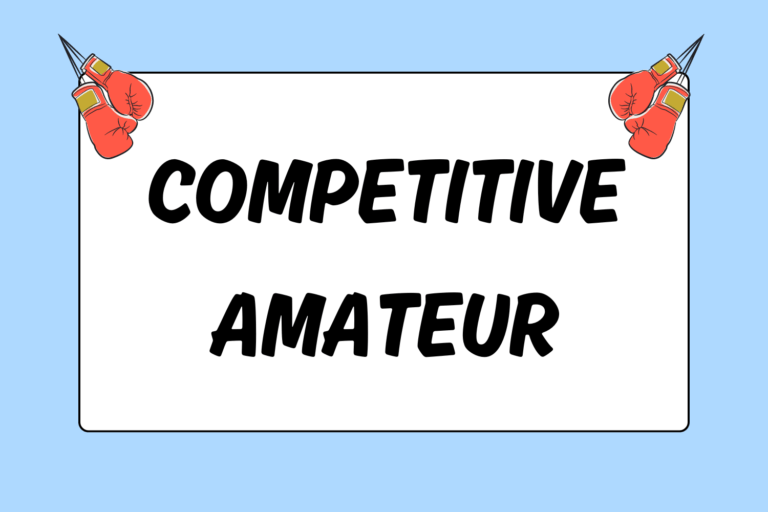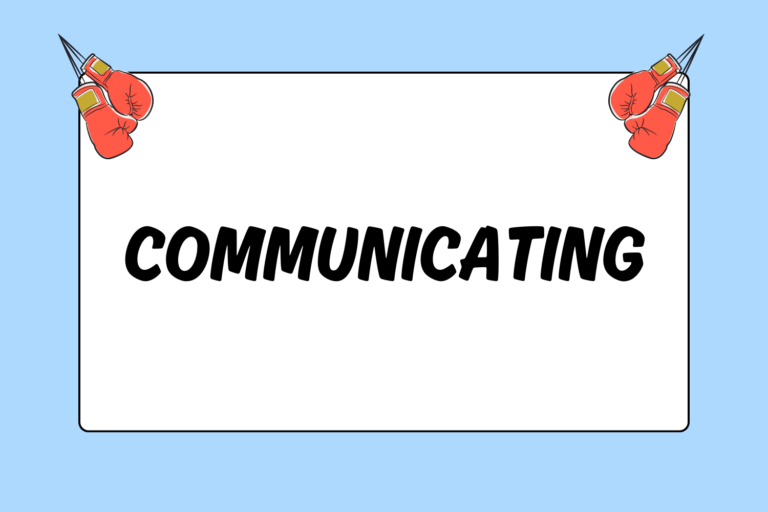Unless you’re a seasoned boxing aficionado, you’re probably unfamiliar with the way bouts are scored. You may be surprised to find out that professional bouts are scored quite differently than amateur bouts. Additionally, amateur scoring varies slightly depending on the governing body. No system is perfect, and some form of controversy surrounds just about every current system. This guide touches on the main regulations regarding scorekeeping in professional boxing.
The Four Components of Scoring
Scoring in professional boxing is rather subjective in nature. Controversy seems to arise after every close bout, and official scorers are often scorned by viewers that deemed the fight far from close.
Three ringside judges score bouts based on four factors:
- Clean punching: “Clean” punches are punches that land on the face/side of the head and the front/side of the torso.
- Effective aggressiveness: A boxer demonstrates this trait when he consistently and successfully moves forward in a controlled manner.
- Ring generalship: The judges favor the fighter who controls the pace and style of the bout.
- Defense: Boxers that skillfully incorporate defensive maneuvers receive credit in this area.
Professional bouts are scored on a round-by-round basis, and judges are supposed to assign their scores with each of the above factors equally in mind. It shouldn’t come as a shock, though, that certain judges favor certain characteristics. In any circumstance, the four criteria are used – in addition to knockdowns and committed fouls – as a way of assigning points under the 10-point Must System.
Ten-point Must System
Judges use the 10-Point Must System in professional bouts. This system assigns ten points to the winner of each round. The loser receives nine points for a close round, eight points if he was knocked down or dominated, and seven points if he was knocked down twice. If a round is even and neither boxer was knocked down, both boxers receive 10 points. If each boxer was knocked down once, the knockdowns are disregarded and the winner of the round receives 10 points, while the loser receives nine points.
The boxer with more accumulated points at the end of the match is the winner, as long as two of the three judges are in agreement. The four possible decisions of a bout that goes the distance are as follows:
- Unanimous decision: All three judges score the same boxer as the winner.
- Split decision: Two of the three judges score in favor of one boxer, who is declared the winner, despite the fact that the third judge ruled in favor of the other boxer.
- Majority decision: Two of the three judges score in favor of one boxer, who is declared the winner, despite the fact that the third judge ruled the contest a draw.
- Draw: If at least two judges have the match as tied, then a draw will be declared. Also, a draw occurs if one judge has one winner, another judge has a different winner, and the third judge has a draw.
A bout can also be stopped earlier than the scheduled duration due to Knockout (KO) or Technical Knockout (TKO). Once a boxer gets to his feet after being knocked down, he must be approved to continue by the referee. If the boxer is unable to recover from the knockdown within ten seconds, his opponent wins by way of knockout. A referee can also choose to stop a fight at any point to protect a boxer from severe injury. In this case, the boxer loses by Technical Knockout.
Fouls Under the 10-point Must System
Fouls – such as head butts and low blows – inevitably occur during a bout. The referee must make a judgment whether the committed foul was intentional or unintentional. If an intentional foul occurs and the boxers are both able to continue fighting, the referee must take at least one point away from the boxer who committed the foul. If a boxer cannot continue due to injury from an intentional foul, the boxer who committed the foul is disqualified.
Unintentional fouls occur much more often than intentional fouls, though. Boxers who commit unintentional fouls receive a warning from the referee, who can deduct points from the boxer if he continues to commit fouls. Unintentional fouls that immediately end a fight can result in either a “no-contest” ruling or a declared winner.
A no-contest occurs if less than four rounds of the match have been completed. Neither boxer is declared the winner in a no-contest. If the fight has gone past four rounds, then a winner is declared. The winner, in this case, is the boxer who has the most points at the current stage of the match. A declared winner wins by “technical decision.” A “technical draw” could also occur if the boxers have the same amount of points at the time of the stoppage.
Amazingly True Story
Luis Resto and Billy Collins Jr. fought on June 16, 1983 in a highly-anticipated middleweight contest. Collins Jr. was only 21-years-old, but was favored going into the bout. After ten rounds, though, Collins Jr’s face was extremely battered from Resto’s punches. The judges gave Resto the win via unanimous decision.
Resto hugged his opponent after the match. He also went over to Collins Jr’s father after the match to shake his hand. Collins Sr. quickly realized that there was hardly any padding in Resto’s gloves. After investigation by the New York State Athletic Commission, the unfortunate fact was confirmed: Resto’s trainer had removed a considerable amount of padding from the gloves. The decision of the bout was later changed from a unanimous decision in favor of Resto, to a no-decision.
The gruesome act committed by Resto and his trainer, Panama Lewis, left Collins Jr. permanently injured and unable to box again. Resto spent two and a half years in prison for assault, criminal possession of a weapon (his hands), and conspiracy.
Respecting the Decision
Professional boxers train for months in preparation for a bout. A controversial decision can be devastating for a boxer who’s trained hard and feels he has won the bout. Keep in mind that the judges are only human, and are contracted to score the bout as fairly and honestly as possible.
Professionals, in most cases, have already participated in a significant amount of amateur matches and understand there is a possibility of disappointment. They focus solely on fighting to the best of their ability, and try to take the decision out of the judges’ hands. If you are dominant in the ring, there is less of a chance that you will be disappointed and confused by the decision. Professionals know they must train hard to improve their skills so that they can be confident of the decision before it occurs. They hope the match won’t have to come down to a decision, and instead focus on knocking out their opponent.





